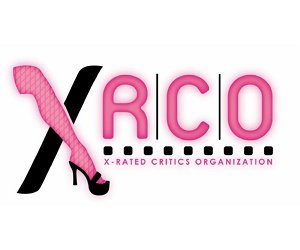Source: Adult Industry News
By: Jessica R. Blaemire

Her skin is taut. The lines of her body gently become exposed as she removes each article of clothing. He sits on the bed, anxiously awaiting this act that he has paid for with last week’s salary. He takes her. The sex is rushed, slightly awkward, and very human. On the screen she is prostitute, and he is her very eager customer. However, the images, seemingly real, are virtual, and exist only in cyberspace.
One unique way the internet has transformed sexual experiences is with the advent of “virtual” people. These people look, sound and move like real human beings. These “people,” though, are digitally created and could possibly have no real human counterparts. If a virtual prostitute lures a customer in cyberspace, directed by text, is it prostitution? It is doubtful, under our current laws, that any crime has been committed.
No cases have been brought regarding virtual prostitutes, and it is something that is rarely discussed. The existence of virtual children, however, is a very hot issue and has been widely argued and publicized. Internet technologies allow depictions of children to be extremely realistic, and often indistinguishable from the real thing. A recent episode of Law and Order: Special Victims Unit highlighted this issue, and described how girls who are legal adults can be altered to appear much younger. Although objectionable to many, the right to produce these “young” sex objects has been protected by the Supreme Court.
The United States Supreme Court ruled in Ashcroft v. Free Speech Coalition that there is nothing illegal about using virtual children to create cyberporn. The Supreme Court determined that porn which does not depict actual children must be protected under the Constitution. A statute cannot prohibit virtual child pornography, as no children are being harmed.
In its ruling, the Supreme Court overturned the lower court’s ruling which held that virtual child porn should be illegal because it seemed to be real children, and could encourage child molesters. The Supreme Court rejected this reasoning noting, “The mere tendency of speech to encourage unlawful acts is not a sufficient reason for banning it” (see Ashcroft v. Free Speech Coalition). Subsequent courts have followed the Supreme Court’s decision and overturned convictions of virtual child pornographers.
Following this reasoning, it is unlikely that virtual prostitutes and their customers will run into any legal troubles. Prostitution statutes will not apply as there are no real prostitutes (and sometimes, no real human customers) involved. Even if the images are “based” on real people and have real people at the controls, it is unlikely that any prostitution charges will emerge. There is a concern that virtual prostitution encourages real prostitution. However, this is also not enough to make virtual prostitution illegal. As the Supreme Court noted, even though the virtual acts might encourage the real thing, this is not enough justification to override people’s First Amendment rights. If the Supreme Court was willing to use this reasoning to protect what is arguably a much more objectionable form of expression (virtual child porn), they will very likely use this reasoning to protect virtual prostitutes and their customers.
-Jessica R. Blaemire
Ms. Blaemire is a law student at the University of Virginia. With her article, she is not attempting to give legal advice. For a copy of her entire research project, “A New Face on an Old Profession: A Look at Prostitution on the Internet,” please contact her at JRB6n@Virginia.edu.















